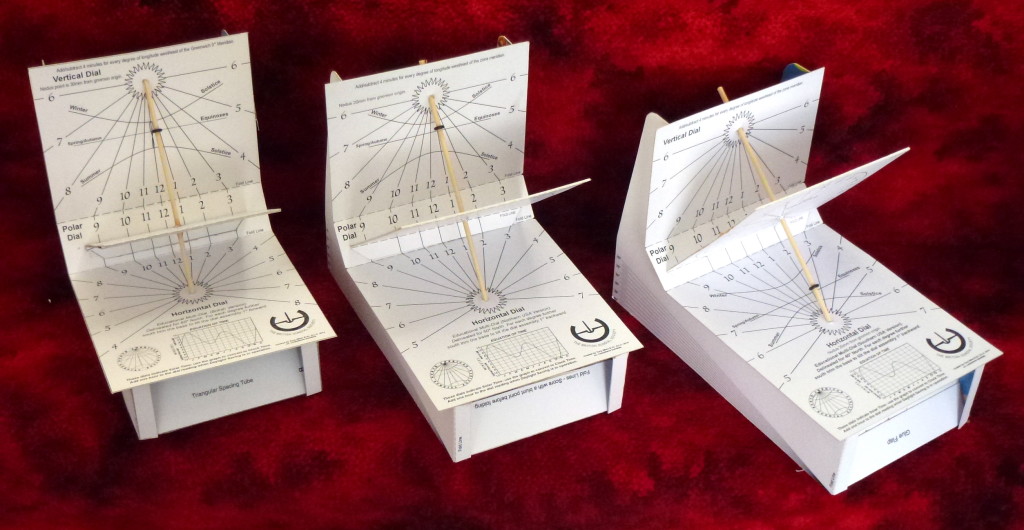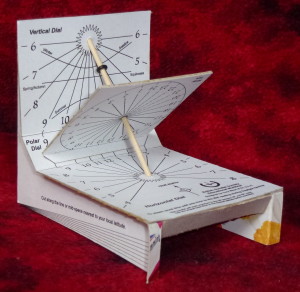
The MultiDial combines a Vertical, Polar and Horizontal dial and can be adjusted for latitudes between 50° and 57°. The templates for the design should be downloaded, printed and cut out:
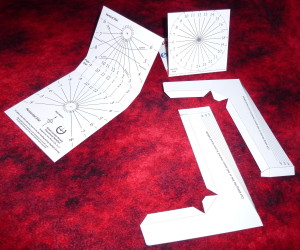
Drape the exposed adhesive sheet as in the picture to avoid wrinkles:
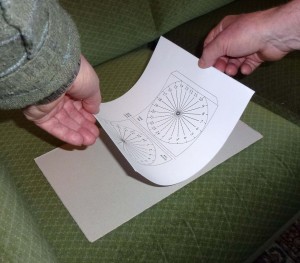
Cut out using a Stanley knife or similar and a steel rule on a suitable base. e.g. hardboard.
Cut the sloped lines for latitude *before* folding and glue using e.g. PVA wood adhesive.
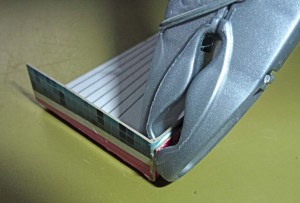
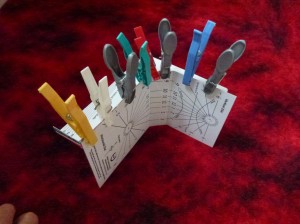
A length of bamboo kebab skewer is included for the polestyle gnomon.
‘Score’ the chain lines before folding with e.g. a blunt knife
Use the pointed end to pierce the dial origins *before* folding.
Assemble the ‘O’ ring nodus as you incline the polestyle on assembly.
The print is inkjet so isn’t waterproof. Spray a coat of matter clear lacquer to protect if desired.
If you would like to alter the details of the design, the templates are available can be downloaded in Adobe Illustrator format for editing:
